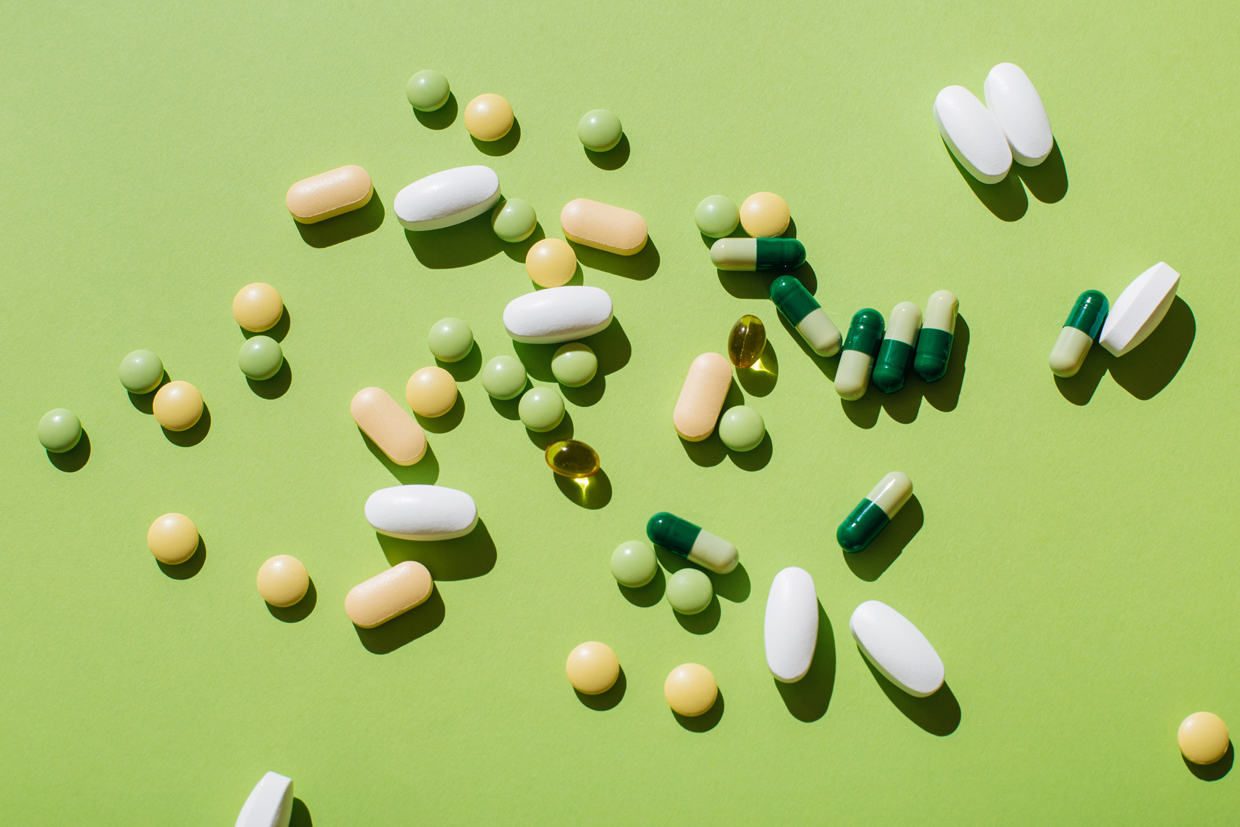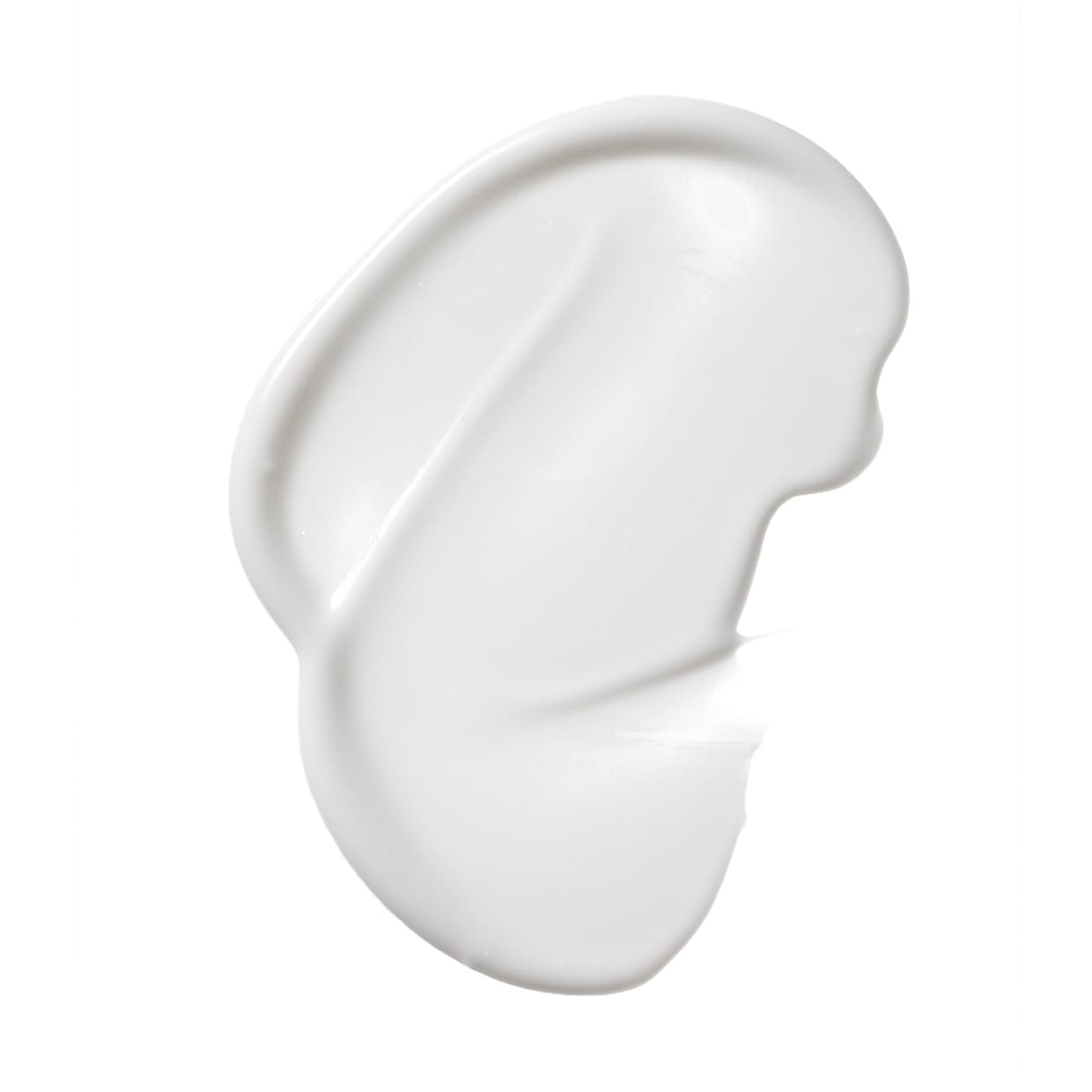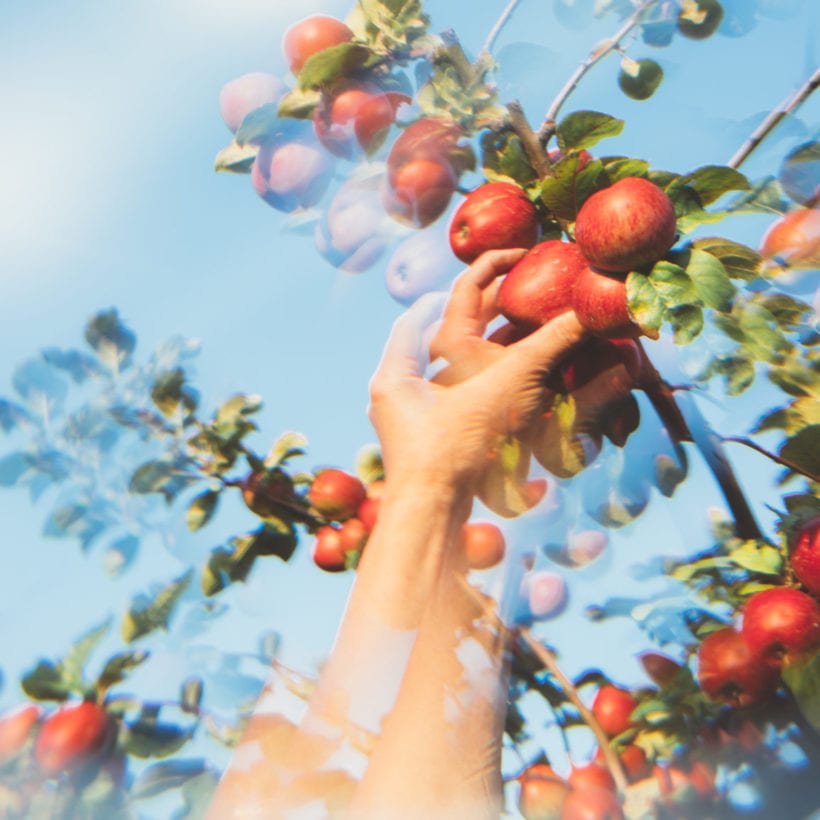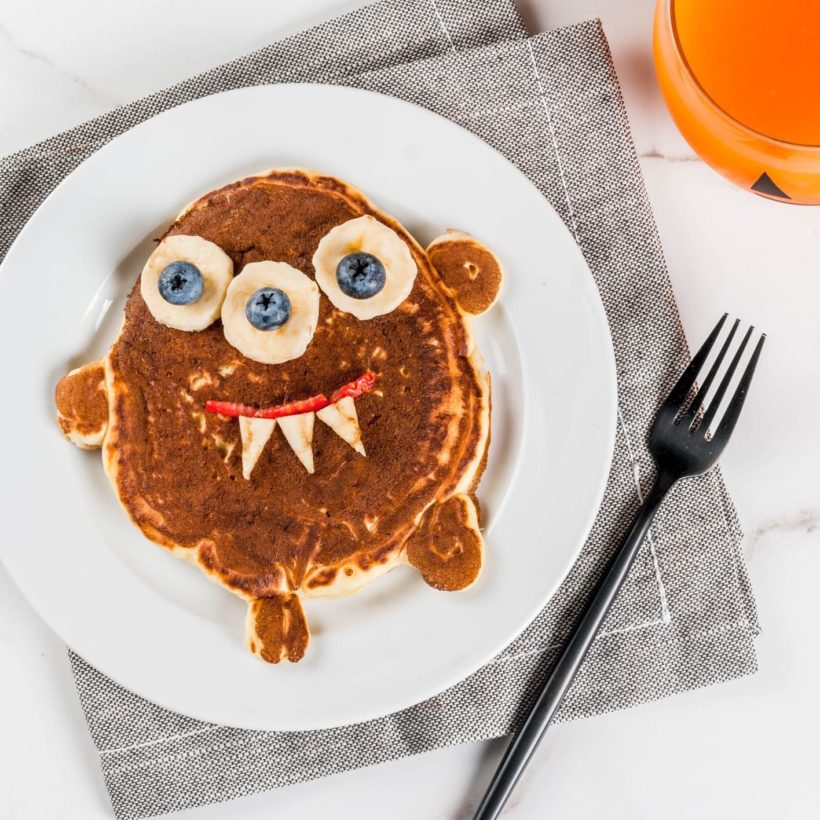The winter season can feel like a time of indulgence, especially when we spend more time indoors, craving comfort food to keep us warm during the bitter cold months. And while there is nothing wrong with adding more of what makes you cozy to your plate, remembering to incorporate some healthy winter produce into your plate can also be highly beneficial. Winter produce is abundant in vitamins and minerals that can keep our immunity strong and our spirits up during the cold-weather season, plus they come with a host of beauty benefits for hair and skin.
Up ahead, we break down how eating seasonally and incorporating more winter vitamins and minerals into your meals can support healthy hair and skin (in addition to armoring your immune system to ward off the sniffles).
Vitamin C
It’s hard to think of winter without vitamin C as this essential vitamin is known for its ability to strengthen the immune system and keep colds at bay. Additionally, vitamin C “plays a major role in maintaining healthy skin,” says functional dietitian Jenna Volpe. “Vitamin C [is an] antioxidant, protecting skin cells from cellular damage or aging by neutralizing free radicals,” she adds. Vitamin C is also “a known co-factor in the synthesis of collagen, a protein which is involved in wound healing and helping our skin to stay more elastic and looking young.”
Where to find it: “One serving of citrus fruit will provide [between] 75 [and] 1100 milligrams of vitamin C,” says Volpe, adding that this is around 100% of the recommended daily value for most people. “One cup of cooked Brussel sprouts contains over 100% of the daily value of vitamin C,” says Volpe, adding that the same goes for broccoli. And, for the potato lovers out there, potatoes are also rich in vitamin C. “One cup of cooked russet or red bliss potatoes with the skin on provides about ⅓ of the daily value of vitamin C,” says Volpe.
Vitamin E
Like vitamin C, vitamin E is also a “key component of healthy skin,” says Volpe. “Vitamin E acts synergistically as an antioxidant with vitamin C, protecting the cell membranes from damage caused by free radicals,” Volpe explains, adding how combining vitamin E, C, and zinc through supplementation can “significantly improve wound healing through enhancing antioxidant protection from oxidative stress in skin cells.”
Where to find it: Avocados are available year-long, but their flavor is the best from January to March. If you need another excuse to spread them over toast, here it is: “1/2 cup of avocado provides 11% daily value of vitamin E,” says Volpe. Additionally, adding more asparagus to your plate during the winter season can increase vitamin E intake as one cup of cooked asparagus “contains almost 20% of the daily value of vitamin E.” Seeds and nuts such as almonds and sunflower seeds are also beneficial in the winter for their vitamin E properties. Volpe says just ¼ cup of sunflower seeds — which can be added to a salad with winter leafy greens — provides a whopping 80% of the daily value of vitamin E. And ¼ cup of almonds boasts about 40% of the recommended daily value.
Biotin a.k.a. Vitmain B7
It is “essential for healthy hair,” says Volpe. “While the exact mechanism of how and why biotin helps hair is not well known, many people experiencing hair loss or stunted hair growth seem to have a biotin deficiency,” Volpe adds. “In a study among people with hair loss who tested deficient in biotin, hair growth improved with biotin supplementation over time. Otherwise, studies suggest that hair growth may not improve when supplemented with biotin unless there is an underlying biotin deficiency.” Volpe notes that a biotin blood test isn’t typically considered routine, but it can be requested through your primary care physician or through working with a functional dietitian.
Where to find it: For biotin-rich foods, look to sweet potatoes for an added boost of vitamin B7. “A small baked sweet potato provides almost 10% of the recommended daily value of biotin,” says Volpe. In addition to this winter produce, another way to get more biotin into your diet is through walnuts which, albeit available any time of the year, are a common ingredient in many winter dishes. Volpe says ¼ cup of walnuts has about 30% of the recommended daily value of biotin.
You can get biotin from some animal products, too. “One egg contains about 10 milligrams of biotin, which is about 30% of the recommended daily value of biotin,” says Volpe. If you’re looking for a bigger dose, Volpe suggests the liver as it is the “most naturally abundant food source” of biotin. “This may be because the body stores most of its biotin in the liver until it needs to be used,” Volpe explains, adding that a 3-ounce cooked beef liver “will provide over 100% of the daily value of biotin.”

Vitamin A
Derived from vitamin A and abundant in winter veggies, retinoids “have been shown to have anti-wrinkle and skin-hydrating properties when applied topically and when taken internally over time,” says Volpe.
Where to find it: “While supplementation of retinoids is not recommended, getting enough vitamin A retinoids from food is key,” says Volpe, adding that retinoids are more common in animal foods, such as “egg yolks, grass-fed butter, and fish (omega-3 fish oil).”
Beta-carotene
Beta-carotene is “a fat-soluble precursor to vitamin A,” says Volpe. This vitamin is “a potent antioxidant which has been shown to play a role in protecting skin cells from UV damage,” Volpe adds.
Where to find it: Some of the best sources of beta-carotene in the winter are “orange root vegetables such as carrots, sweet potatoes, butternut squash, and winter squash,” says Volpe. “Just ½ cup of cooked carrots, sweet potato, winter squash, or butternut squash will provide [about] 800 to 1000% of the daily value of beta carotene,” Volpe explains.
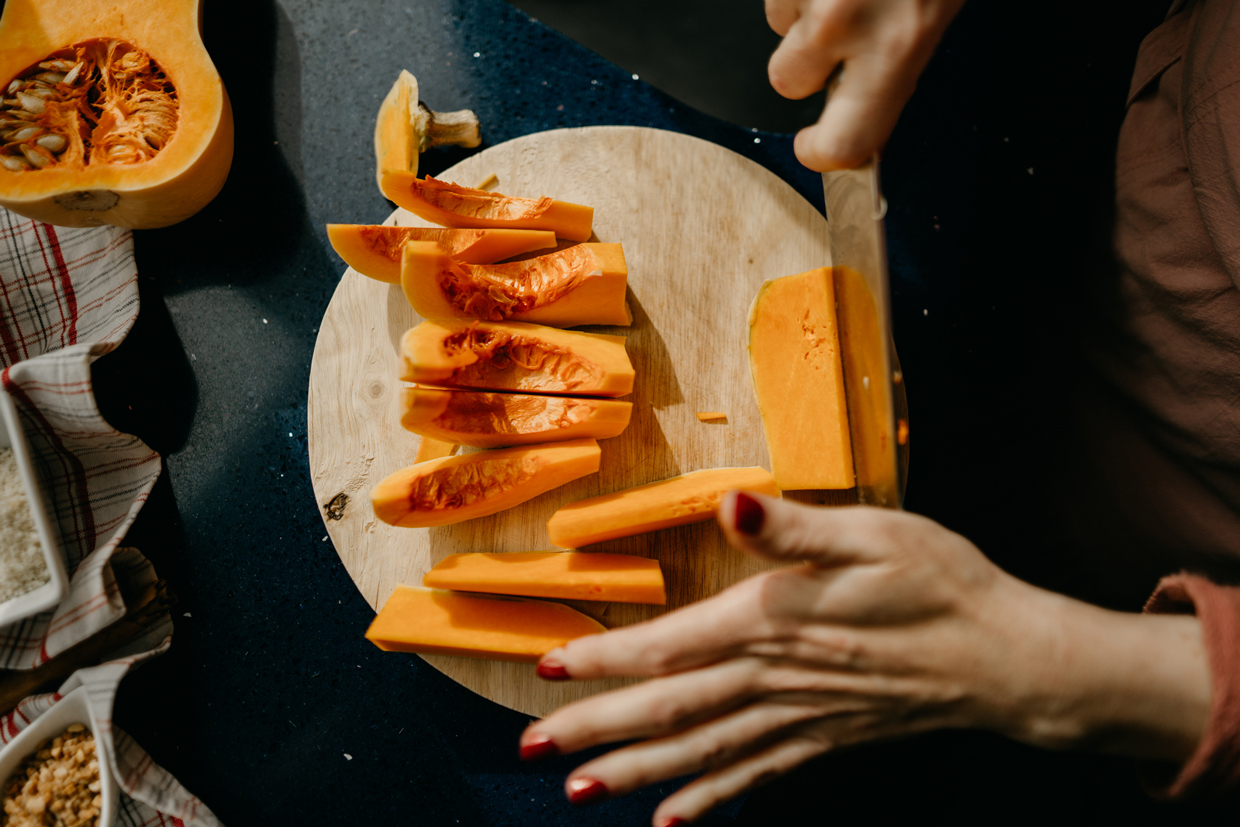
Vitamin D
This fat-soluble vitamin helps “regulate the expression of an antimicrobial protein called cathelicidin, which is involved in promoting wound healing and tissue repair of damaged skin,” says Volpe. This essential vitamin “impacts every system in the body,” including hormone regulation. And, because of that, it can also impact hair and skin and a deficiency in it might result in hair loss or skin disorders.
Where to find it: Getting enough vitamin D throughout the year might be beneficial for the skin and hair, but it’s especially important in the winter when sun exposure — one of the most common ways to get vitamin D naturally — is lower. “The only significant food source of vitamin D is mushrooms,” says Volpe. “All types of mushrooms that have been exposed to sunlight will contain natural vitamin D,” Volpe adds. This is one vitamin that might require additional supplementation per a doctor’s recommendation. “The most bioavailable and efficient way to get vitamin D is from the sun or through supplementation with vitamin D3,” Volpe explains.
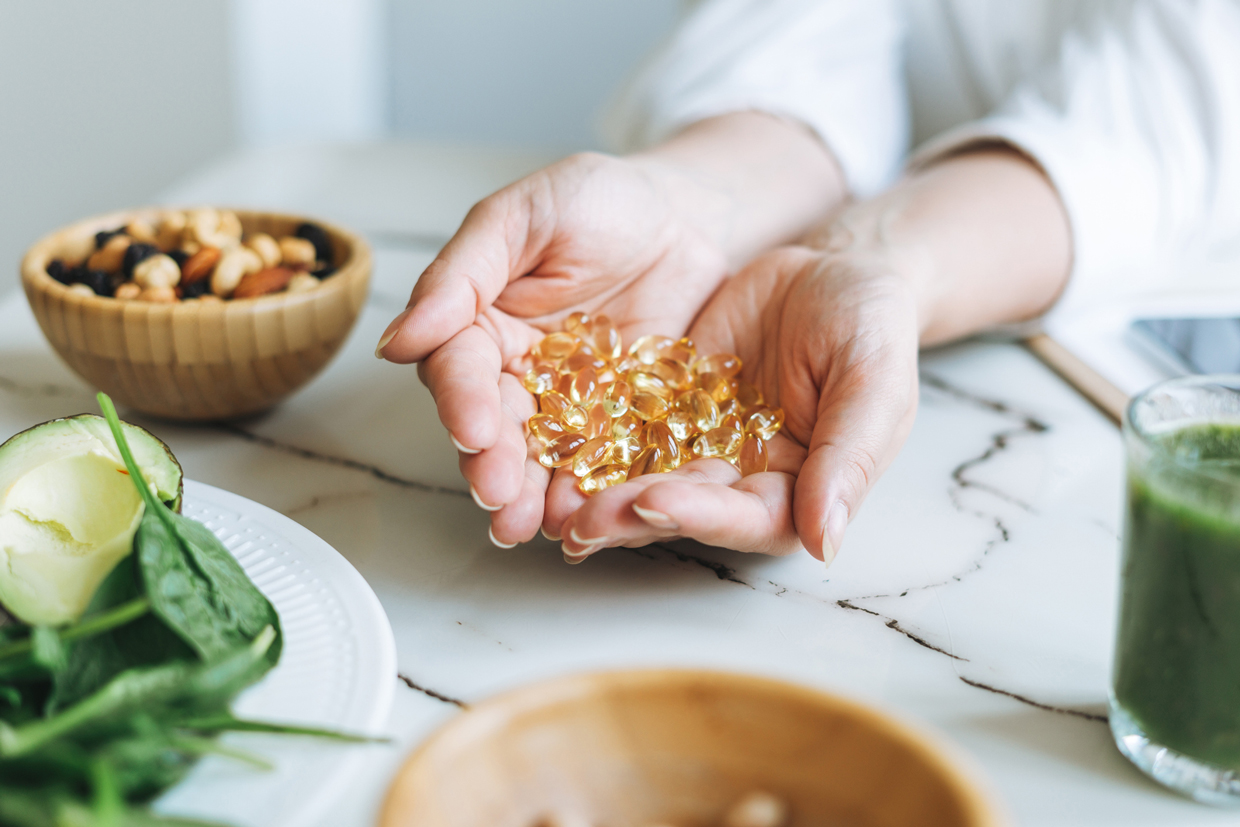
Zinc
Another common cold-fighter, zinc is also beneficial for hair and skin. “Like biotin, a lot of people with hair loss appear to have a deficiency in zinc,” says Volpe. Additionally, zinc is vital for skin health as “all body tissue contains zinc,” Volpe explains. “Zinc is required for protein synthesis, collagen production, [and] wound healing,” Volpe adds, noting that it also has “some antioxidant roles like vitamin C” and, as a result, can “protect cells from damage over time.”
Where to find it: Zinc is found in some plant-based foods, such as “tofu, whole grain faro, hemp seeds, oatmeal, pepitas, black beans, [and] chickpeas,” says Volpe. For example, ¾ cup of firm, raw tofu contains about 30% of the recommended daily value of zinc, as does one cup of cooked whole-grain farro and 3 tablespoons of hemp seeds. Volpe says one cup of cooked oatmeal (not instant) has about 20% of the daily recommended value. ¼ cup of pepitas (aka, pumpkin seeds) and 1 cup of cooked chickpeas also have about 20% of the daily recommendation. One cup of cooked black beans has about 17% of the daily recommended value of zinc.
Iron
This mineral is important because it directly impacts the quality and quantity of our red blood cells, “which are involved in the transport of oxygen to every cell in the body,” says Volpe. In terms of beauty benefits, iron can be especially beneficial for the hair. “While the direct role of iron specifically for hair growth isn’t well studied, it makes sense that hair cells (like all other cells) require oxygen to sustain growth,” says Volpe. “This may be why most people with iron deficiency anemia [aka, low counts of hemoglobin and/or hematocrit in the blood] present with hair thinning or alopecia as a common symptom,” Volpe adds, noting that this can be reversed when health iron levels are restored.
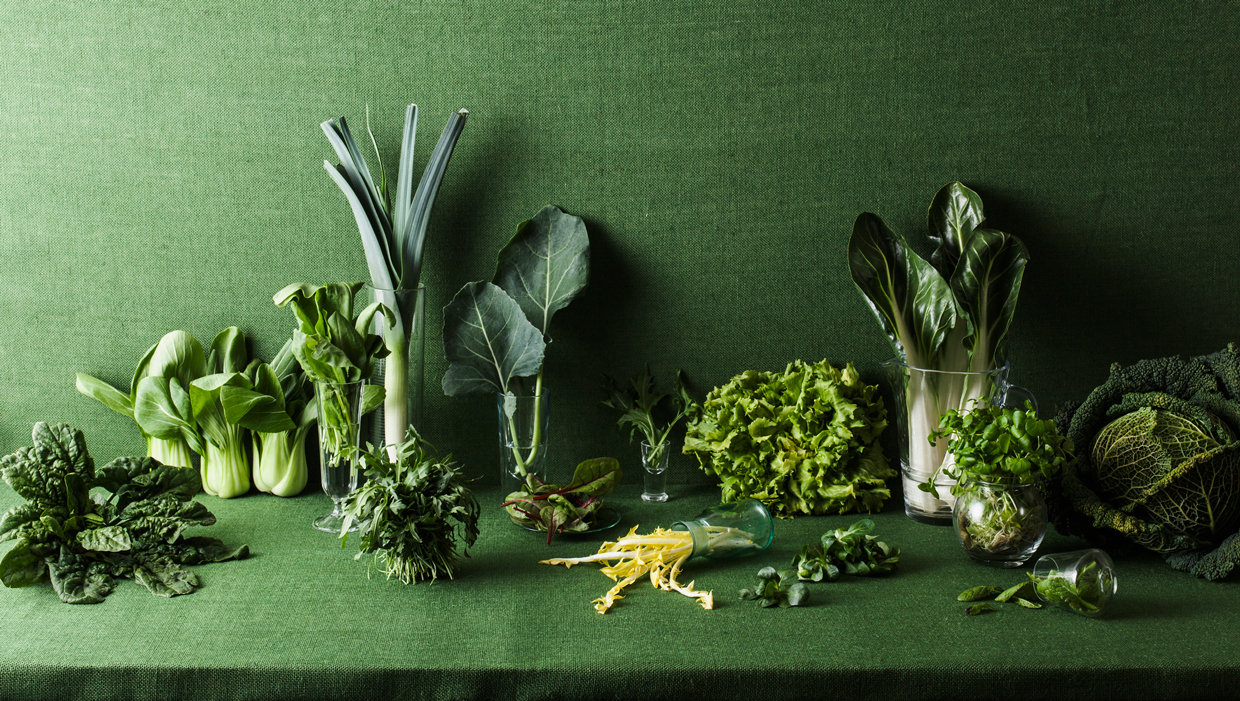
Where to find it: “There are two forms of iron from food: heme and non-heme,” says Volpe. “Heme iron comes from animal food sources such as red meat or liver, and heme iron is the form that our body is able to absorb easily,” Volpe explains. “Non-heme iron comes from plant foods [and] in order to absorb food sources [with] non-heme iron, we must pair them with vitamin C, which converts it to heme.” With that in mind, Volpe says adding leafy winter greens such as “spinach, kale, mustard greens, swiss chard, dandelion greens, beet greens, [and] collard greens” into your winter diet (plus a source of vitamin C) will help get some more iron on your plate. Potatoes and beets are also good winter sources of iron.
Note: While eating a well-balanced diet is important, it might not be enough for those deficient in any of these vitamins and minerals. It’s always good to consult with a doctor to see where your levels are at and if you need supplementation on top of consuming foods rich in these vitamins and minerals.
We only recommend products we have independently researched, tested, and loved. If you purchase a product found through our links, Sunday Edit may earn an affiliate commission.
